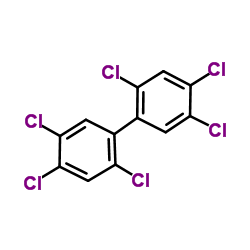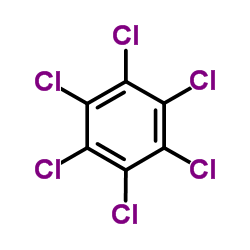Environmental Toxicology and Chemistry
2013-11-01
Plasma concentrations of organohalogenated pollutants in predatory bird nestlings: associations to growth rate and dietary tracers.
Jan O Bustnes, Bård J Bårdsen, Dorte Herzke, Trond V Johnsen, Igor Eulaers, Manuel Ballesteros, Sveinn A Hanssen, Adrian Covaci, Veerle L B Jaspers, Marcel Eens, Christian Sonne, Duncan Halley, Truls Moum, Therese Haugdal Nøst, Kjell E Erikstad, Rolf Anker Ims
文献索引:Environ. Toxicol. Chem. 32(11) , 2520-7, (2013)
全文:HTML全文
摘要
The extent to which persistent organic pollutants (POPs) with different physicochemical properties originated from the food (dietary input) was assessed in raptor nestlings. Lipophilic polychlorinated biphenyl (PCB) 153, 1-dichloro-2,2-bis(p-chlorophenyl)ethylene (p,p'-DDE), and hexachlorobenzene (HCB), and protein-bound perfluorooctane sulfonate (PFOS), were measured repeatedly in blood plasma of individual goshawk (Accipiter gentilis) and white-tailed eagle (Haliaeetus albicilla) nestlings, 1 to 3 wk after hatching and near fledging. Maternally derived POPs dilute as nestlings grow (growth dilution), and increasing plasma concentrations would indicate dietary input. First, plasma concentrations given no dietary input were estimated, and concentrations of p,p'-DDE, HCB, and notably PFOS were significantly higher than predicted from a growth-dilution scenario (approximately 1.5-fold to 2.5-fold higher; p < 0.001). In contrast, PCB 153 declined in both species, although concentrations were still higher than predicted in white-tailed eagle nestlings (p < 0.05). Second, the relationships between plasma POP concentrations and trophic position (δ(15) N) and dietary carbon source (δ(13) C) were analyzed, controlling for growth rate. Both δ(15) N and δ(13) C (measured in body feathers) were significantly associated to the accumulation of most POPs, except PFOS. In conclusion, pollutant data acquired in plasma of nestling raptors should be interpreted and further investigated in the light of individual feeding ecology, and the use of raptor nestlings as sentinels for POP monitoring could be optimized by correcting for different factors such as body condition, brood size, and age.© 2013 SETAC.


